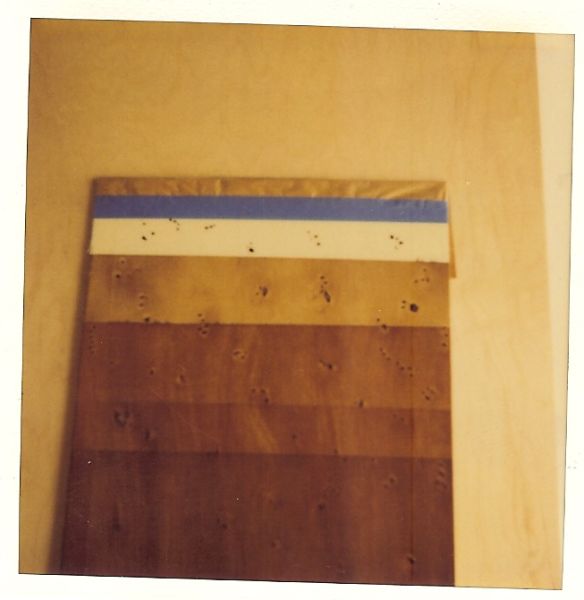Preventing Cherry from Darkening
Darkening is natural in Cherry wood exposed to light. But there may be ways to at least slow the process down. March 26, 2013
Question
How do you keep clear cherry or other dark woods from oxidizing? Does white wash help?
Forum Responses
(Finishing Forum)
From contributor F:
Oxidizing? It changes color like all woods, but unless it is left outside for a year or two it will not oxidize. Iím not sure what you mean by whitewash.
From contributor F:
You can't stop it. You can slow it down by using finishes with UV inhibitors, but nothing will completely stop it. When you say whitewash I can only assume that you are talking about applying a thinned coat of a pigmented primer or a stained application. If either has pigments it can slow it as well but your question was for clear cherry. If any pigments are applied it is no longer clear so I'm not sure what the whitewash is for.
From contributor M:
I would suggest using maple.
From the original questioner:
I guess my question was vague. I'm trying to prevent, or at least delay cherry from changing color and getting darker. I ran across a maple project in the past where the finisher applied a thinned down pigmented finish of some sorts and then applied his seal and top coats and the maple looked new even, though it was a few years old. I was wondering if such an application would work of cherry.
From contributor S:
You're on to something. You can stain your cherry the same color that it is new. The pigment will block most of the darkening UV light.
From contributor F:
Contributor S Ė Iím not sure about that as cherry will get darker, itís the nature of the wood. Staining it the same color as it is now is not easy and serves no purpose.
From contributor R:
The beauty of cherry is the aging it undergoes with exposure to light and the use of the piece. Perhaps you aren't using the material best suited for your project
From contributor S:
Contributor F - before writing off staining you should try it. Putting pigment on the surface of wood blocks the light penetration which causes the wood to darken. The color of the pigment is immaterial.
From contributor C:
The addition of the pigment helps to block UV but as we all know nothing will prevent Mother Nature from eventually doing her thing.
From contributor B:
As one who uses a lot of cherry and spends an insane amount of time selecting for grain and color, why would you want it not to darken - to look like, well, cherry? I believe you are using the wrong species. You might try some of the lily white poplar sapwood stained to look like whatever you want.

Click here for higher quality, full size image
From contributor T:
Poplar does indeed stain up to look a lot like cherry. Look for finishes that have the most robust UV inhibiting additives in it. They are available. As said above, this only slows it down. Cherry is as cherry does.
From contributor F:
Personally I don't see the logic in using cherry and wanting to keep a light color. Sometimes customers can be quite adamant about what they want, however misguided it may be. I have some degree of success using a bleaching toner for these types of requests which also works well on mahogany and just for general evening up of lighter/darker or redder/greener pieces in some jobs. Normally I would do this before applying a stain but there is no reason it cannot be used as a standalone color.
A typical Bleaching toner formula might be something like this for a gallon:
16 oz. Vinyl sealer
112 oz. High quality Lacquer Thinner
1/2 oz. white pigment
1/4 oz. green pigment
Of course the exact formula would have to be tweaked to your specific situation. This is just an example of one that I use to lighten the overall color and kill the red in woods like cherry and mahogany.
In your case this would be sprayed on lightly, just enough to give a slight change but not make it look like anything drastic was done to the wood. Combine this with a high quality finish that has UV inhibitors in it and this is probably the best you can hope for in trying to achieve the results you are after. I would still inform the clients that the wood will still probably darken with age and that you cannot warranty against this in any way.

